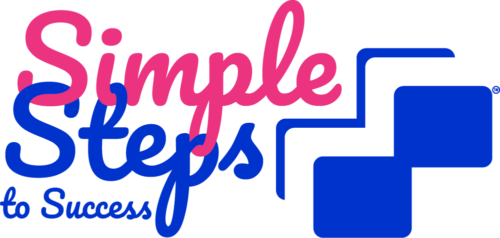What Is Body Language Anyway?
What is Body Language?
Body language is the unspoken or non-verbal mode of communication that we do in every single aspect of our interaction with another person. It is like a mirror that tells us what the other person thinks and feels in response to our words or actions. Body language involves gestures, mannerisms, and other bodily signs.
Would you believe that in real life situations, 60% to 80% of the messages that we convey to other people are transmitted through body language and the actual verbal communication accounts for only 7% to 10%?
Our ability to use body language in a positive way and to read other people’s minds through their body language separates the men from the boys (or women from girls), and can be a powerful tool to our overall personality development. Imagine creating a great impression for work, business, and love by being knowledgeable in this not-so-common yet powerful field of study. It is the unspoken tool to a successful life
Here are some of the movements exhibited by people who are interested in what you are saying:
- They maintain eye contact more than 60% of the time. The more wide-opened the eyes are, the more interested the person is. In fact, a person maintains eye contact more when listening than when talking.
- Their heads are inclined forward.
- They are nodding their heads. Such action means that they’re agreeing with you. That means they’re attentive and listening.
- Their feet are pointing towards you.
- They smile frequently. But take note, not all smiles convey the same feeling. An oblong smile is not genuine. It is used to show courtesy, but not necessarily happiness or friendliness. The lips are withheld completely back from the upper and lower teeth, forming the oblong shape. This is usually the smile that many people exhibit when they feign to enjoy a lame joke.
When we are talking to others – either face-to-face, or from the front of the room, our posture, gestures, eye movements and general demeanor communicate far more than our words.
It is said that women interpret up to 80% of the meaning of a conversation by non-verbal means. Men fall a bit behind and ‘only’ rely on non-verbal clues for about 30%. However, in either case, if you are unconsciously giving out the wrong signals, the meaning behind your intended message will be weakened or lost.
Body language is a vast, fascinating subject, but from a business point of view, there are several pointers that can help to strengthen your message. The aim is to match your audience’s unconscious template of what makes a person trustworthy and believable.
Everybody has a personal space threshold. Generally, Americans and Northern Europeans prefer to stand about a meter (3 feet) apart. People from Southern European and Asian countries are comfortable a little closer. Folks who live in rural areas like a little more space. Social situations allow closer proximities than non-social.
Be aware if the person you are talking to is backing up, and try not to intrude on their territory. Otherwise the reaction will be defensive or hostile.
It may seem old-fashioned to talk about the need to be ‘well turned out’, but the axiom that ‘you don’t get a second chance to make a good first impression’ is as true today as ever.
Experts say that the first five seconds of a meeting are more important than the next hour. Check all the obvious things like hair, teeth, fingernails, shoes, breath, immediately before the meeting. But also make sure you are putting on your best front, well in advance.
Even if the dress code is casual, there is a world of difference between dirty jeans and a crumpled T-shirt, and freshly laundered casual trousers and a polo shirt. Remember – dress to respect yourself and you automatically respect your audience.
Learn more about communication and body language through Toastmasters. Find a club near you and check out how to improve your body language.
To your speaking Success
Fran Watson

